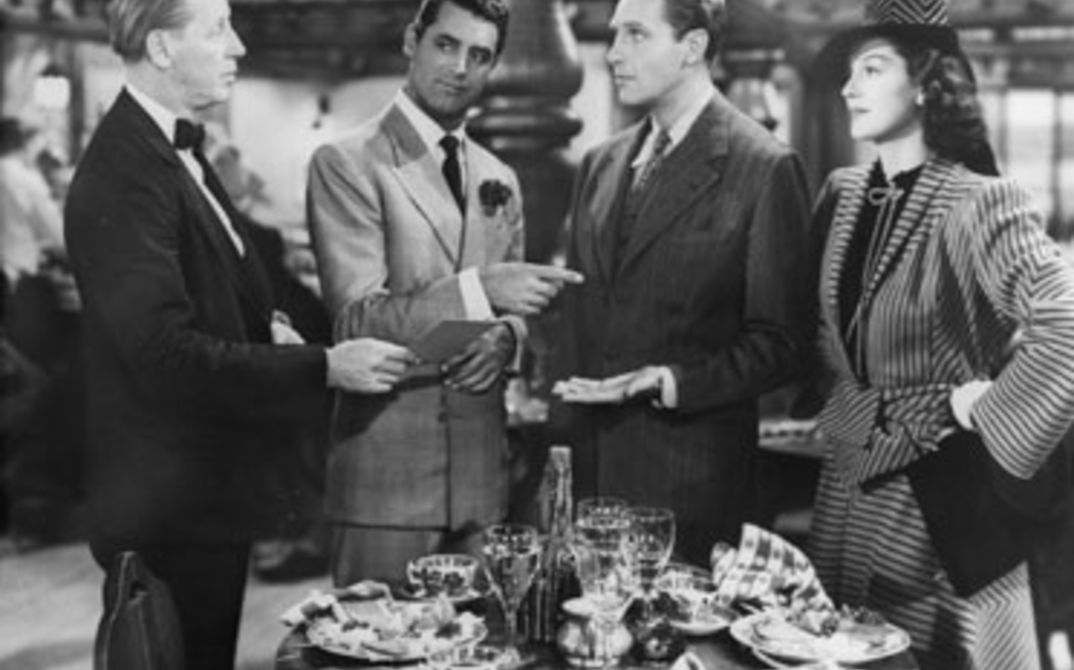
Pursuits of Happiness – Screwball Comedy
The battle of the sexes, that eternal struggle to understand the other, reached a flamboyant highpoint in the screwball comedies of classic Hollywood cinema's golden era. Before the backdrop of the Great Depression and the conservative guidelines of the Motion Picture Production Code, better known as the Hays Code, it was these romantic comedies of rapid-fire dialogue, irrelevant humor, fast-paced rhythms and eccentric characters that superseded the more anarchic brand of comedy made by those such as the Marx Brothers or Mae West. Their own unique form of allusion and insinuation, or rather innuendo, enabled them to subvert the Production Code on the one hand, while coming across, all irreverence aside, like they were affirming the system on the other. The more socially-minded comedies among them addressed the gulf between rich and poor, criticized high society and uncontrolled financial capitalism through the prism of comedy, and showed sympathy for the policies of the New Deal, bringing their hugely different (eventual) couples with a happy disregard for class divisions. The genre, which developed out of the stage tradition of the Broadway farce at the start of the 30s and reached its zenith at the start of the 40s, rests on the ironic confrontation of numerous contradictions and mismatched partnerships, who set off strange chain reactions as they collide with the people around them. The idea is that each of them must lose their composure in order to finally find peace together, the necessary precursor to a loving marriage.
In December and January, Arsenal celebrates the enduring charm of this genre and its leading players Jean Arthur, Charles Coburn, Henry Fonda, Cary Grant, Katharine Hepburn, Myrna Loy, William Powell, Barbara Stanwyck, James Stewart, to name just a few, in the form of a comprehensive series of 20 films that span 1934 to 1949.
